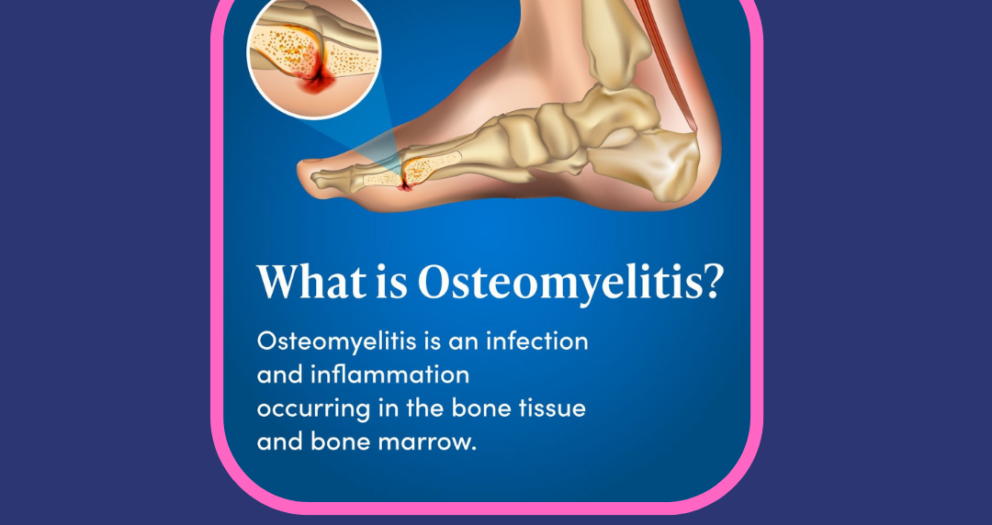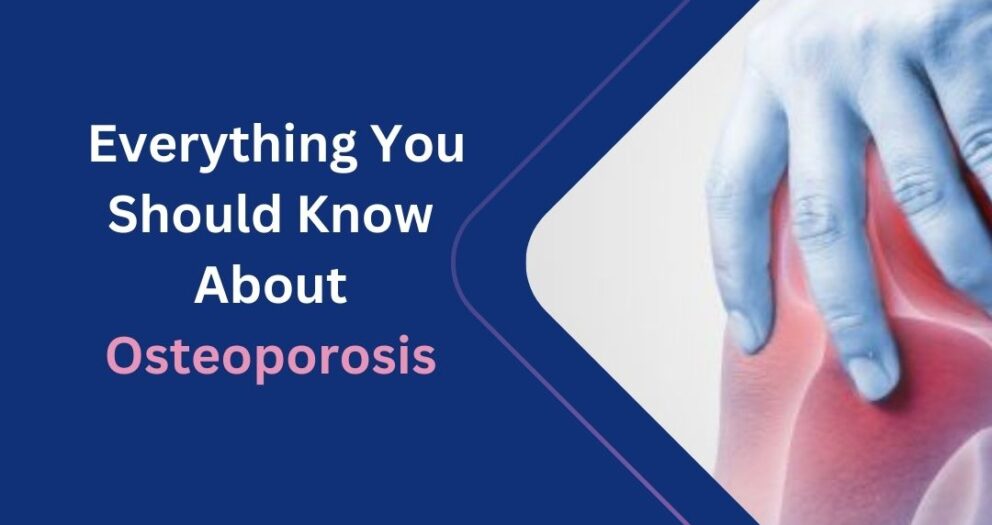Handling pain mentally, especially in 2024 when mental health awareness and resources are more advanced, involves a multifaceted approach. Pain, whether physical or emotional, requires strategies that address both the mind and body. Here’s a detailed guide on how to handle pain mentally in 2024:
1. Mindfulness and Meditation
- Mindfulness Practices: Mindfulness involves staying present and fully engaging with the current moment without judgment. By focusing on the present, you can reduce the mental distress associated with pain.
- Meditation Techniques: Guided meditation, body scans, and focused breathing exercises help shift attention away from pain and promote relaxation. Apps and online platforms offering meditation resources have become increasingly popular and accessible.
2. Cognitive Behavioral Therapy (CBT)
- Cognitive Restructuring: CBT involves identifying and challenging negative thought patterns that can exacerbate pain. By reframing these thoughts, you can reduce the emotional impact of pain.
- Behavioral Activation: Engaging in activities that promote positive emotions can help distract from pain and improve overall mood. This might include hobbies, social interactions, or physical exercise adapted to your ability.
3. Acceptance and Commitment Therapy (ACT)
- Acceptance: Instead of resisting pain, ACT encourages accepting pain as part of the experience. This doesn’t mean giving up but rather acknowledging pain without letting it control your life.
- Commitment to Values: ACT helps you focus on what is meaningful in your life, guiding you to take actions aligned with your values despite pain.
4. Emotional Regulation Techniques
- Journaling: Writing about your pain and emotions can help you process and release pent-up feelings. It also provides a record of triggers and coping mechanisms that work for you.
- Breathing Exercises: Techniques like deep breathing or box breathing can help calm the nervous system, reducing pain intensity and associated stress.
5. Social Support
- Connecting with Others: Sharing your experience with trusted friends, family, or support groups can provide emotional relief. In 2024, virtual support groups and online communities offer platforms to connect with others facing similar challenges.
- Professional Help: Therapists, counselors, and pain specialists can provide tailored strategies to cope with pain. Telehealth services make accessing professional help more convenient.
6. Distraction and Engagement
- Creative Outlets: Engaging in creative activities like art, music, or writing can distract from pain and provide a sense of accomplishment.
- Physical Activity: When possible, gentle physical activities like walking, yoga, or swimming can help manage pain by releasing endorphins, the body’s natural painkillers.
7. Mind-Body Techniques
- Progressive Muscle Relaxation: This technique involves tensing and relaxing different muscle groups, helping to reduce physical tension and mental stress.
- Biofeedback: Using technology to monitor and control physiological functions (like heart rate or muscle tension) can help you learn to manage the body’s response to pain.
8. Sleep and Nutrition
- Sleep Hygiene: Ensuring quality sleep is crucial for managing pain. Techniques like maintaining a regular sleep schedule, creating a relaxing bedtime routine, and optimizing your sleep environment are important.
- Balanced Diet: A diet rich in anti-inflammatory foods, such as fruits, vegetables, whole grains, and omega-3 fatty acids, can help reduce pain and improve mental health.
9. Pharmacological Support
- Medications: In some cases, medications may be necessary to manage pain. These should be used under the guidance of a healthcare professional. It’s important to balance the use of medications with other mental and physical strategies.
- Supplements: Certain supplements, like magnesium or omega-3 fatty acids, may support pain management. Consult with a healthcare provider before starting any supplements.
10. Technology and Digital Tools
- Pain Management Apps: In 2024, various apps will be available that offer guided meditations, pain tracking, and cognitive behavioral therapy exercises.
- Virtual Reality (VR) Therapy: VR is increasingly used to help people manage pain by immersing them in calming or distracting environments, reducing their perception of pain.
11. Gratitude and Positive Thinking
- Gratitude Practice: Regularly focusing on what you’re grateful for can shift your mindset away from pain and improve overall well-being.
- Positive Affirmations: Repeating affirmations or positive statements can help change your perception of pain and reinforce a more resilient mindset.
12. Learning and Growth Mindset
- Education: Understanding pain, its mechanisms, and how the mind and body are interconnected can empower you to manage it more effectively.
- Growth Mindset: Viewing pain as a challenge rather than an insurmountable problem encourages resilience and a proactive approach to coping.
13. Pacing and Energy Management
- Pacing Techniques: Learning to balance activity with rest helps prevent overexertion, which can exacerbate pain. By pacing yourself, you can maintain a better quality of life.
- Energy Conservation: Prioritize tasks that are important to you and spread them out over time to avoid burnout and increased pain.
14. Mindset and Resilience Building
- Building Resilience: Developing a resilient mindset involves cultivating optimism, flexibility, and perseverance in the face of pain. Resilience training programs, often available online, can provide structured support.
15. Alternative Therapies
- Acupuncture, Massage, and Other Modalities: These therapies can complement mental strategies by providing physical relief, which in turn can reduce mental stress associated with pain.
Here are some frequently asked questions (FAQs) related to handling pain mentally in 2024:
1. What are some effective mental strategies for coping with pain in 2024?
- Answer: Effective strategies include mindfulness and meditation, Cognitive Behavioral Therapy (CBT), Acceptance and Commitment Therapy (ACT), emotional regulation techniques like journaling and breathing exercises, and leveraging technology such as pain management apps or virtual reality therapy.
2. How can mindfulness help with pain management?
- Answer: Mindfulness helps by keeping your focus on the present moment and reducing the emotional distress associated with pain. By observing your pain without judgment, you can change your relationship with it and reduce its impact on your mental well-being.
3. Can meditation reduce the perception of pain?
- Answer: Yes, meditation can reduce the perception of pain by calming the mind, promoting relaxation, and shifting focus away from the pain. Regular practice can lead to long-term changes in how the brain processes pain.
4. What role does Cognitive Behavioral Therapy (CBT) play in pain management?
- Answer: CBT helps by changing negative thought patterns that can worsen pain and teaching coping strategies to manage the emotional and psychological aspects of pain. It is a widely used and effective approach for chronic pain management.
5. How does Acceptance and Commitment Therapy (ACT) differ from CBT in pain management?
- Answer: While CBT focuses on changing negative thoughts, ACT encourages acceptance of pain and commitment to actions aligned with personal values. ACT helps you live a fulfilling life despite the presence of pain, rather than trying to eliminate it.
Related Post:-
Which Medicines Are Effective for Treating Erectile Dysfunction?
The Primary Six Causes Of Male Erectile Dysfunction
What Women Feel And Think About Sexual Desire?
Is Erectile Dysfunction Associated With Heart And Blood Vessel Disease?
The Top 10 Male Advantages Of Almonds And Walnuts
Are Pineapples Safe For Diabetes Patients to Eat?
What Are the Effects of Tadalafil on Kidneys?
Can Having Sex After a Heart Attack Be Harmful?
Fenugreek: Does It Help In Libido? Studying its Value
Final Words:-
Managing pain mentally in 2024 involves a comprehensive approach that combines traditional mental health practices with modern technology, social support, and a deep understanding of the mind-body connection. By adopting these strategies, you can build a toolkit that helps you cope with pain more effectively and maintain a better quality of life.






Write a comment
Your email address will not be published. All fields are required